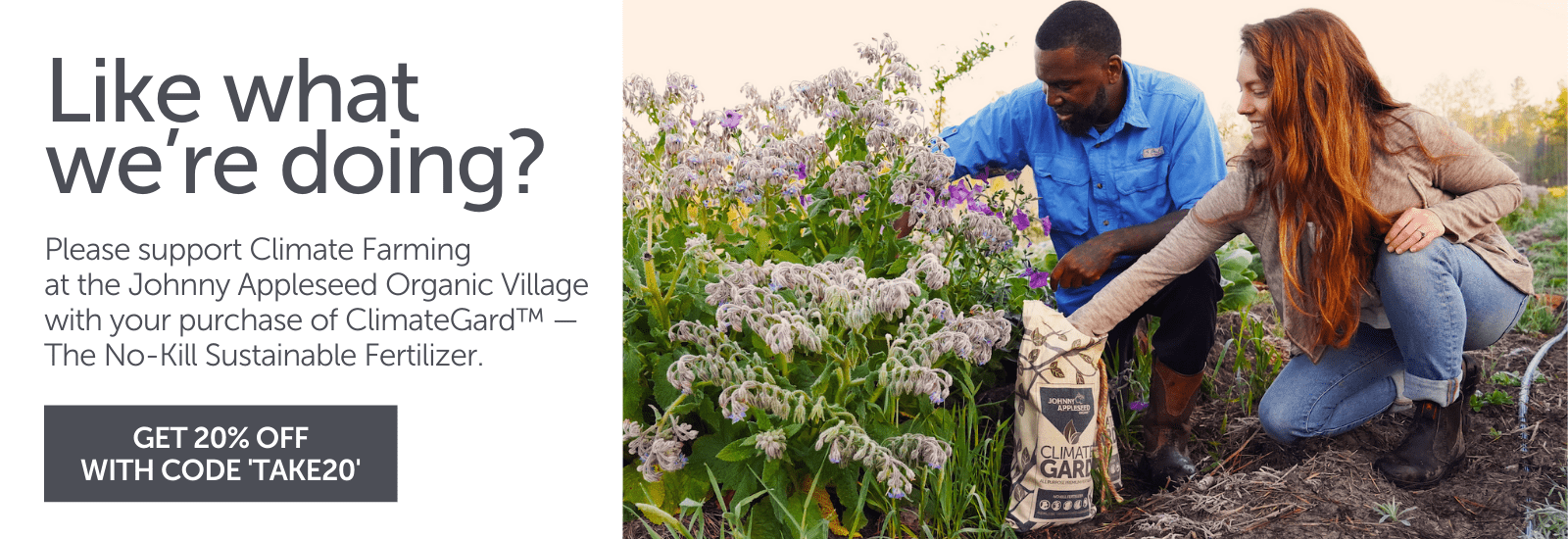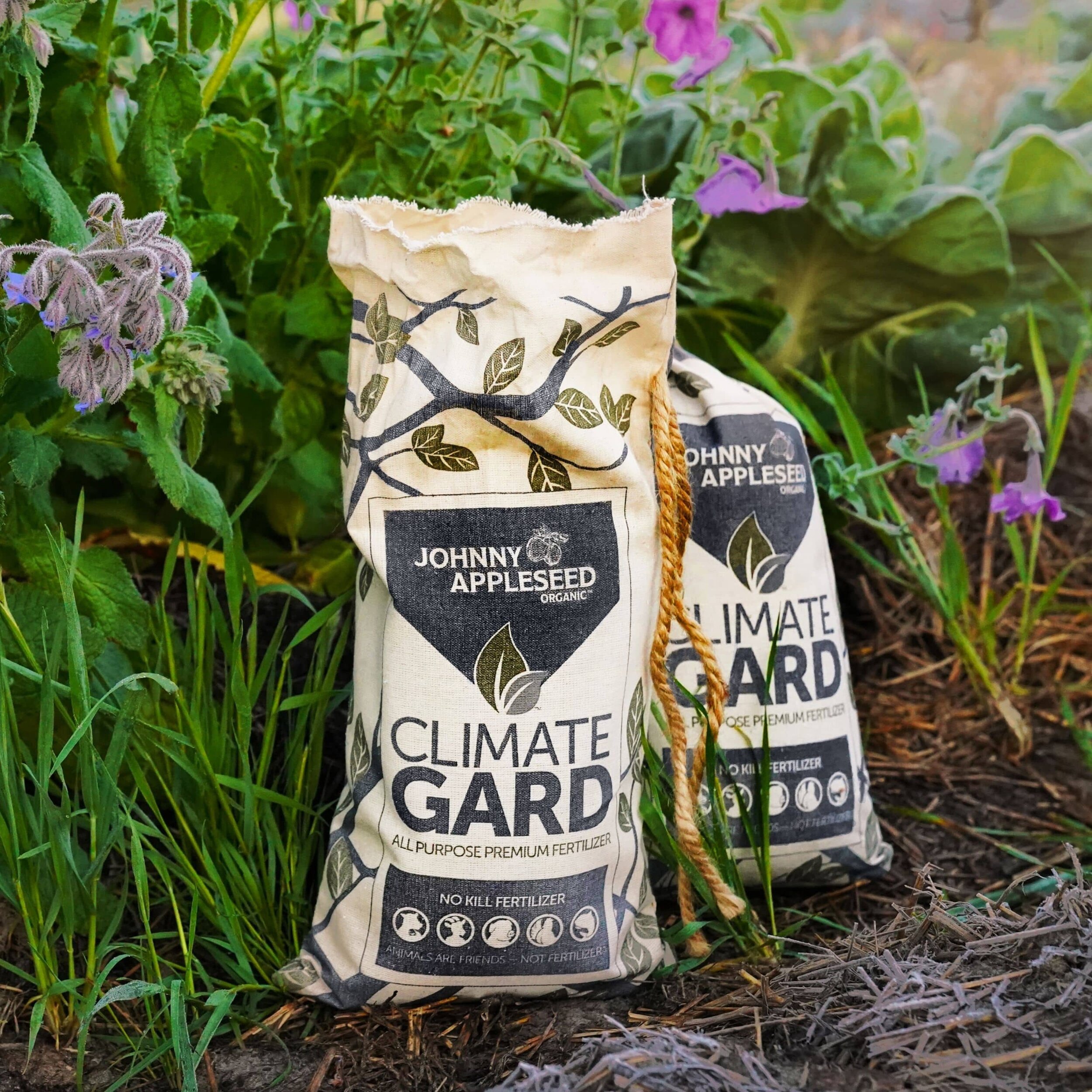How Soil and Plants Draw Down CO2
By Acadia Tucker
This is part one in a series of two excerpts from “Growing Perennial Foods.” It is presented here with permission from Stone Pier Press.
Around half of the carbon released into the atmosphere every year is absorbed by oceans, plants and soil. Soil does most of the heavy lifting, storing four times more carbon than plants. We interrupt this cycle by plowing it, stripping it of forests, spreading chemicals on it and leaving it bare, and this has terrible consequences. When soil degrades, the molecules that bind carbon break down, releasing it back into the air. Instead of absorbing carbon, depleted soil further contributes to global warming.
Regenerative practices grow food in a way that returns atmospheric carbon back to the soil, a process called sequestration. And it all starts with plants.
Many climate activists promote expensive technologies that pull carbon out of the air and inject it into deep pockets underground. Plants already do this for free through photosynthesis, the process by which light energy is turned into plant food. Every morning, the sun stimulates plants to suck down carbon dioxide. The carbon is shuttled through plant cells, picking up new elements along the way, like hydrogen, oxygen and more carbon. Eventually, it comes to rest in plant tissue as glucose and starch. This is how a molecule of greenhouse gas is turned into the carbon-rich sugar that plants use to grow.
Over time, the carbon gets worked into the soil by bugs and soil organisms as leaves fall and branches break off. But decomposing plant debris accounts for only a fraction of the carbon that gets stored underground. Real carbon sequestration happens deeper, at the roots.
Plants release some of the carbon-rich sugars they make through the tips of their roots to attract bacteria, fungi and other beneficial microbes. In exchange for the free meal, these tiny organisms offer access to nutrients that plants otherwise can’t reach, and even help ward off pests and disease. Now those molecules of carbon, originally drawn from the atmosphere, are tied up in the bodies of soil organisms. When they die, that carbon stays deep underground for as long as it’s undisturbed.
Regenerative farming mimics what nature does so beautifully. It leaves plants alone and lets the soil be. In a forest that has been growing for hundreds of years, the plants don’t need any fertilizer, irrigation or pesticides to flourish. When left alone, trees grow, shed leaves and push down roots that support a community of carbon capturing soil organisms. When they die and fall over, trees create piles of organic material that prevent fertile soil from being washed away. The vast roots left in the ground continue to nourish soil organisms for years to come.
Plants raised in favorable conditions like this, with easy access to moisture and nutrients, grow sturdier, more resilient, and better able to suck down carbon dioxide. This positive cycle is how nature works when we don’t interfere.
Choosing Resilient Plants for Your Backyard Carbon Farm is part of Stone Pier Press's citizen gardening series, which highlights how to grow food and garden in ways that are good for the planet. It's available at the Stone Pier Press bookstore, or anywhere books are sold. Stone Pier Press is an environmental publishing company based in San Francisco.
Sign up for Newsletter
Follow Us on Social
Cutting-edge microbiology
No kill formula
Superior plant nutrition derived from the most ethical, sustainable sources available.
Produces the same results as conventional fertilizers without the negative environmental impacts.
Each ClimateGard pellet is infused with micronutrients, silicon, humic acid and a high-performance blend of living bacteria and fungi.
Delivered in an environmentally friendly organic cotton bag with a compostable inner liner.
Will continue to enrich your soil long after application.
$39.95 for 7.5 pound bag | $69.95 for 15 pound bag.



